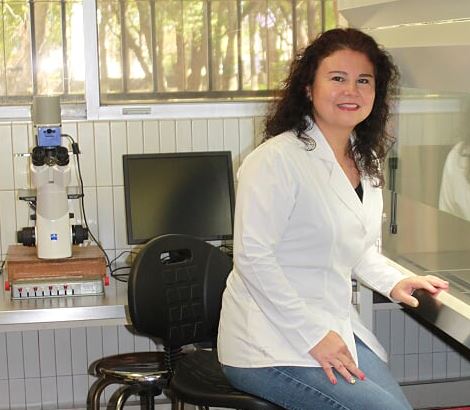
NKG2D, an activating immunoreceptor, is primarily restricted to NK cells and CD8(+) T cells. The existence of an atypical cytotoxic CD4(+)NKG2D(+) T cell population has also been found in patients with autoimmune dysfunctions. Nonetheless, contradictory evidence has categorized this population with a regulatory rather than cytotoxic role in other situations. These confounding data have led to the proposal that two distinct CD4(+)NKG2D(+) T cell subsets might exist. The immune response elicited in cervical cancer has been characterized by apparent contradictions concerning the role that T cells, in particular T-helper cells, might be playing in the control of the tumor growth. Interestingly, we recently reported a substantial increase in the frequency of CD4(+)NKG2D(+) T cells in patients with cervical intraepithelial neoplasia grade-1. However, whether this particular population is also found in patients with more advanced cervical lesions or whether they express a distinctive phenotype remains still to be clarified. In this urgent study, we focused our attention on the immunophenotypic characterization of CD4(+)NKG2D(+) T cells in patients with well-established cervical carcinoma and revealed the existence of at least two separate CD4(+)NKG2D(+) T cell subsets defined by the co-expression or absence of CD28. Patients with diagnosis of invasive cervical carcinoma were enrolled in the study. A group of healthy individuals was also included. Multicolor flow cytometry was used for exploration of TCR alpha/beta, CD28, CD158b, CD45RO, HLA-DR, CD161, and CD107a. A Luminex-based cytokine kit was used to quantify the levels of pro- and anti-inflammatory cytokines. We found an increased percentage of CD4(+)NKG2D(+) T cells in patients with cervical cancer when compared with controls. Accordingly with an increase of CD4(+)NKG2D(+) T cells, we found decreased CD28 expression. The activating or degranulation markers HLA-DR, CD161, and CD107a were heterogeneously expressed. The levels of IL-1beta, IL-2, TNF-alpha, and IL-10 were negatively correlated with the percentages of CD4(+)NKG2D(+) T cells in patients with cervical carcinoma. Taken together, our results reveal the existence of two separate CD4(+)NKG2D(+) T cell subsets defined by the co-expression or absence of CD28, the latter more likely to be present in patients with cervical cancer.









